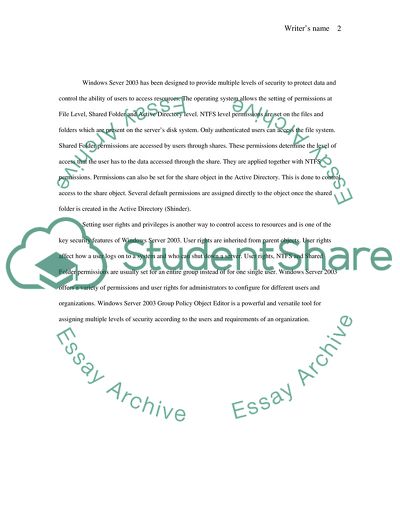Cite this document
(Performance and Security of Windows Server Case Study, n.d.)
Performance and Security of Windows Server Case Study. Retrieved from https://studentshare.org/information-technology/1711484-microsoft-server-2003-security
Performance and Security of Windows Server Case Study. Retrieved from https://studentshare.org/information-technology/1711484-microsoft-server-2003-security
(Performance and Security of Windows Server Case Study)
Performance and Security of Windows Server Case Study. https://studentshare.org/information-technology/1711484-microsoft-server-2003-security.
Performance and Security of Windows Server Case Study. https://studentshare.org/information-technology/1711484-microsoft-server-2003-security.
“Performance and Security of Windows Server Case Study”. https://studentshare.org/information-technology/1711484-microsoft-server-2003-security.


